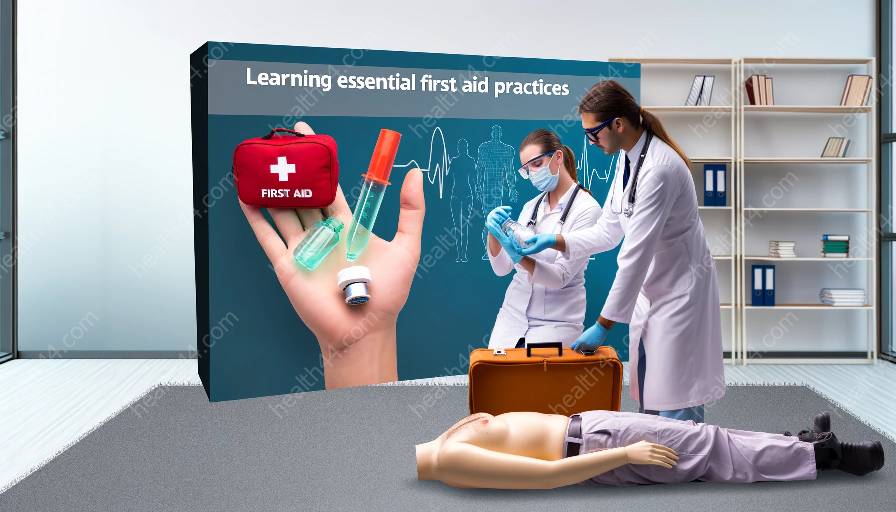When it comes to first aid and medical training, understanding how to manage bleeding and care for wounds is essential. This comprehensive guide provides in-depth information on the types of bleeding, wound care techniques, and tips for health education.
Types of Bleeding
There are various types of bleeding that individuals may encounter, ranging from minor cuts to more severe injuries. Understanding the different types of bleeding is crucial for effective first aid and medical training.
Arterial Bleeding
Arterial bleeding occurs when an artery is damaged, leading to bright red blood that spurts out in time with the heartbeat. This type of bleeding is considered severe and requires immediate medical attention.
Venous Bleeding
Venous bleeding involves the flow of dark red, steady blood from a damaged vein. While it is not as severe as arterial bleeding, it still requires prompt attention to prevent excessive blood loss.
Capillary Bleeding
Capillary bleeding is the most common type of bleeding and occurs from the tiny blood vessels near the skin's surface. It often presents as oozing blood and can be managed with proper first aid techniques.
First Aid for Bleeding
Knowing how to provide first aid for bleeding is crucial for anyone seeking to offer assistance in an emergency. The following steps outline the essential first aid techniques for managing bleeding:
- 1. Assess the type and severity of the bleeding.
- 2. Apply direct pressure to the wound using a clean cloth or bandage.
- 3. Elevate the injured area above the heart if possible to reduce blood flow.
- 4. Apply a sterile bandage to the wound once the bleeding has slowed down or stopped.
- 5. Seek medical help if the bleeding is severe or does not stop after applying pressure.
Wound Care Techniques
Proper wound care is essential for promoting healing and preventing infections. Whether the wound is small or large, following these wound care techniques can aid in the recovery process:
- 1. Clean the wound gently with mild soap and water to remove any dirt or debris.
- 2. Apply an antiseptic solution to the wound to reduce the risk of infection.
- 3. Cover the wound with a sterile bandage or gauze to protect it from further contamination.
- 4. Change the bandage regularly and inspect the wound for signs of infection, such as redness, swelling, or discharge.
Health Education and Medical Training
Health education plays a vital role in teaching individuals how to manage bleeding and care for wounds. Medical training also equips healthcare professionals with the knowledge and skills necessary to provide effective treatment. By integrating bleeding and wound care into health education and medical training programs, individuals can develop the confidence to respond to emergencies and contribute to overall public health.
This comprehensive guide offers valuable insights into bleeding and wound care, ensuring that individuals are well-prepared to handle emergency situations and provide essential care.



